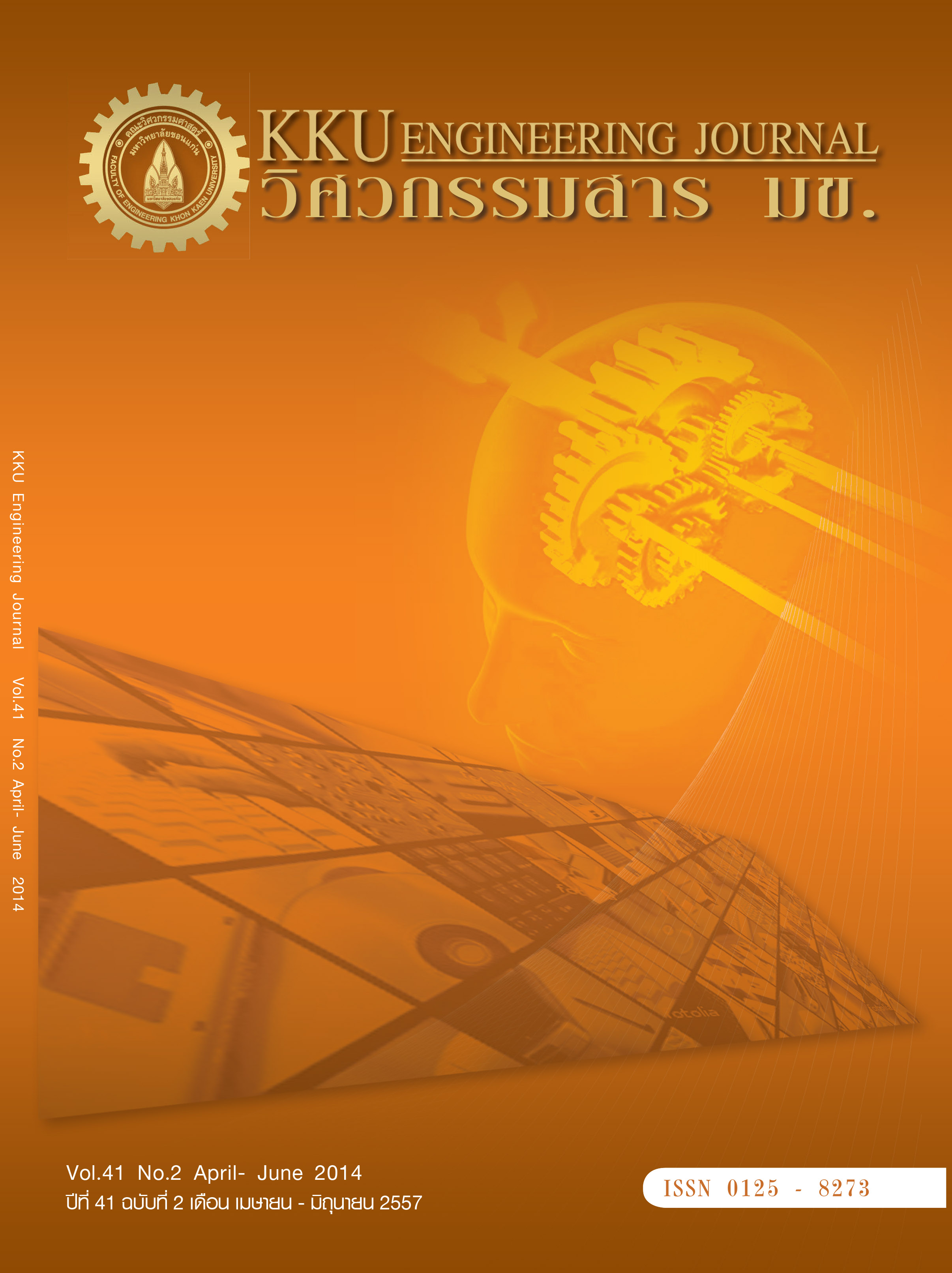Product design and development for dinner chair of Kansei Engineering
Main Article Content
Abstract
This research investigated the customer’s perception and product properties. The semantic differential
method was employed to examine the relationship between customer’s perception and product properties.
Fifty-six dinner chairs are selected from website, magazine and publishing and 10 SD words. The product
properties divided 8 groups and 34 sub-groups. The new model created base on Quantification Theory Type
1. The research results show 3 high perceptions: comfortable, soft and modern. The research is expected to
help support the designer to design a new model that satisfied the customer’s perception.
method was employed to examine the relationship between customer’s perception and product properties.
Fifty-six dinner chairs are selected from website, magazine and publishing and 10 SD words. The product
properties divided 8 groups and 34 sub-groups. The new model created base on Quantification Theory Type
1. The research results show 3 high perceptions: comfortable, soft and modern. The research is expected to
help support the designer to design a new model that satisfied the customer’s perception.
Article Details
How to Cite
Yodwangjai, S. (2014). Product design and development for dinner chair of Kansei Engineering. Engineering and Applied Science Research, 41(2), 191–200. retrieved from https://ph01.tci-thaijo.org/index.php/easr/article/view/21785
Issue
Section
ORIGINAL RESEARCH
This work is licensed under a Creative Commons Attribution-NonCommercial-NoDerivatives 4.0 International License.



